ORBITAL-500 "Ring-TIRF Technology"
For Total Internal Reflection Fluorescence
The Total Internal Reflection Fluorescence (TIRF) technique is the ideal method for observations of cells close to the coverslip surface. By total reflection of the excitation light (typically laser) at the coverslip / medium interface, the fluorescence emission is limited to a very thin space in the vicinity of the glass surface. The resulting fluorescence images exhibits extremely high contrast and resolution with the possibility of real-time imaging of cell membranes, actin filament behavior or single molecule tracking.
ORBITAL-500 Superior Flexibility
Ring-TIRF, 2D FRAP and Direct Laser Coupling
The ORBITAL-500 system is even more flexible. It can combine in one chassis Ring-TIRF, 2D FRAP and one internal laser , which directly beams into the Ring-TIRF scanner. The Direct Laser Coupling (DLC) preserves the maximal laser power for imaging applications like STORM, where high power is needed for switching off e.g. CY5/Alexa Fluor 647. In addition the motorized beam expander option with 2x, 4x and 6x facilitates this process by enhancing the laser power density in the sample.
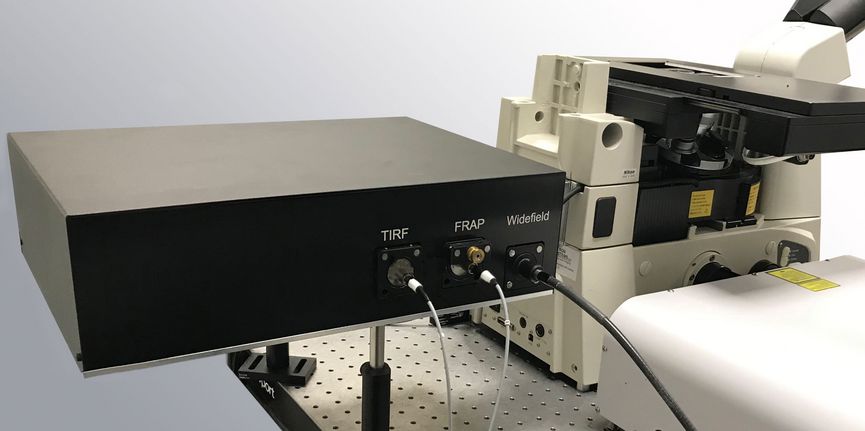
SMLM - Single Molecule Localisation Microscopy
The single molecule localisation microscopy is a Super Resolution technique that enables a lateral resolution of up to 20 nm. Through stochastic activation of single fluorophores and the precise localization of its position, a super resolved image can be reconstructed. The sparse activation of single molecules is actively controlled by VisiView through regulation of the activation laser power. The recorded signals are analysed in realtime to identify single molecules and to display a reconstructed super resolution image.
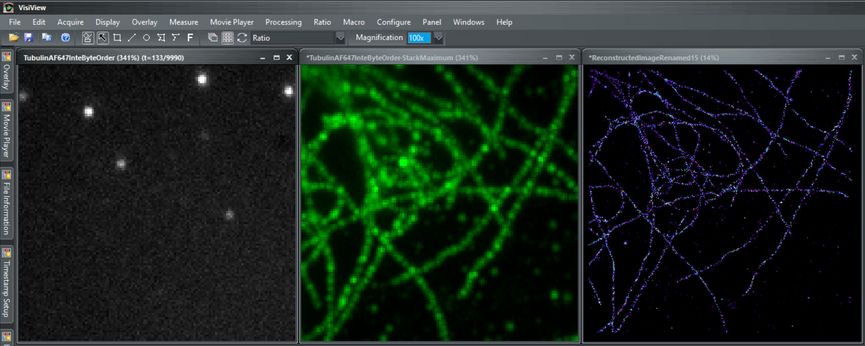
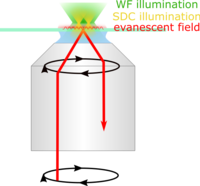

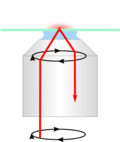
Point TIRF Ring TIRF
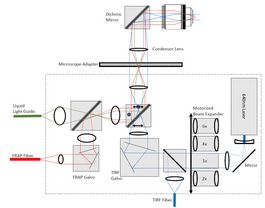
ORBITAL-500 Overview
